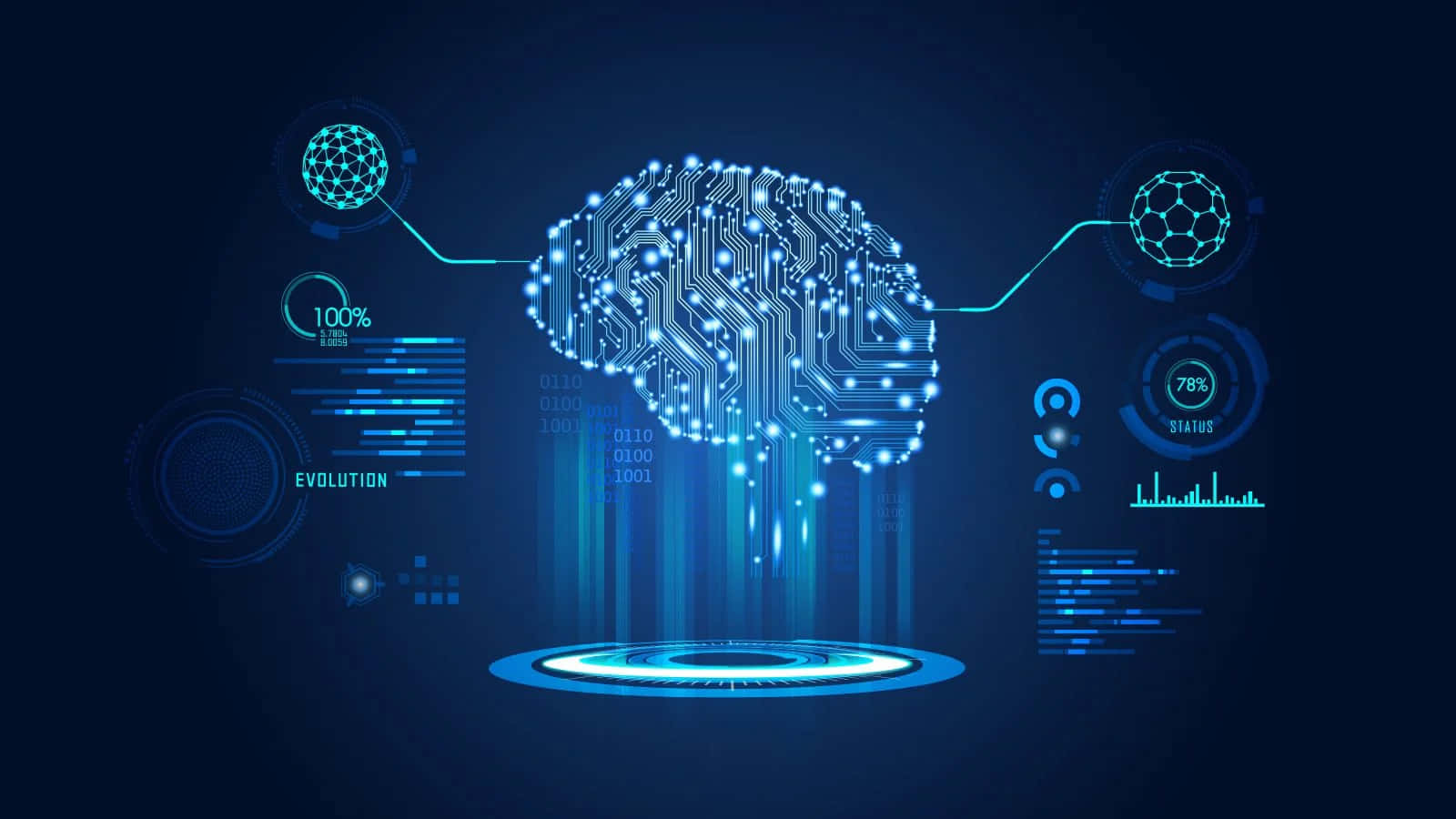In the age of artificial intelligence, seeing is no longer believing. Deepfakes—AI-generated videos and voices that mimic real people—have evolved from entertainment curiosities into potent cybersecurity threats. Beyond misinformation, cybercriminals now weaponize deepfakes to breach biometric systems that rely on facial recognition, voice authentication, and behavioral patterns.
Imagine a hacker cloning a CEO’s voice to approve a fund transfer or creating a realistic video call to deceive employees during a social engineering attack. These scenarios are no longer science fiction—they’re happening. Deepfake-enabled fraud cases have already caused multimillion-dollar losses globally.
The real danger lies in trust erosion. As identity verification shifts toward biometrics, attackers exploit machine learning’s blind spots to fool these systems. Although companies are developing AI watermarking, liveness detection, and deepfake detection models, the race between creators and defenders is far from over.
Cybersecurity professionals must rethink authentication: layered identity verification, continuous monitoring, and employee training are now essential. In a world where digital faces can lie, vigilance becomes the new firewall.

